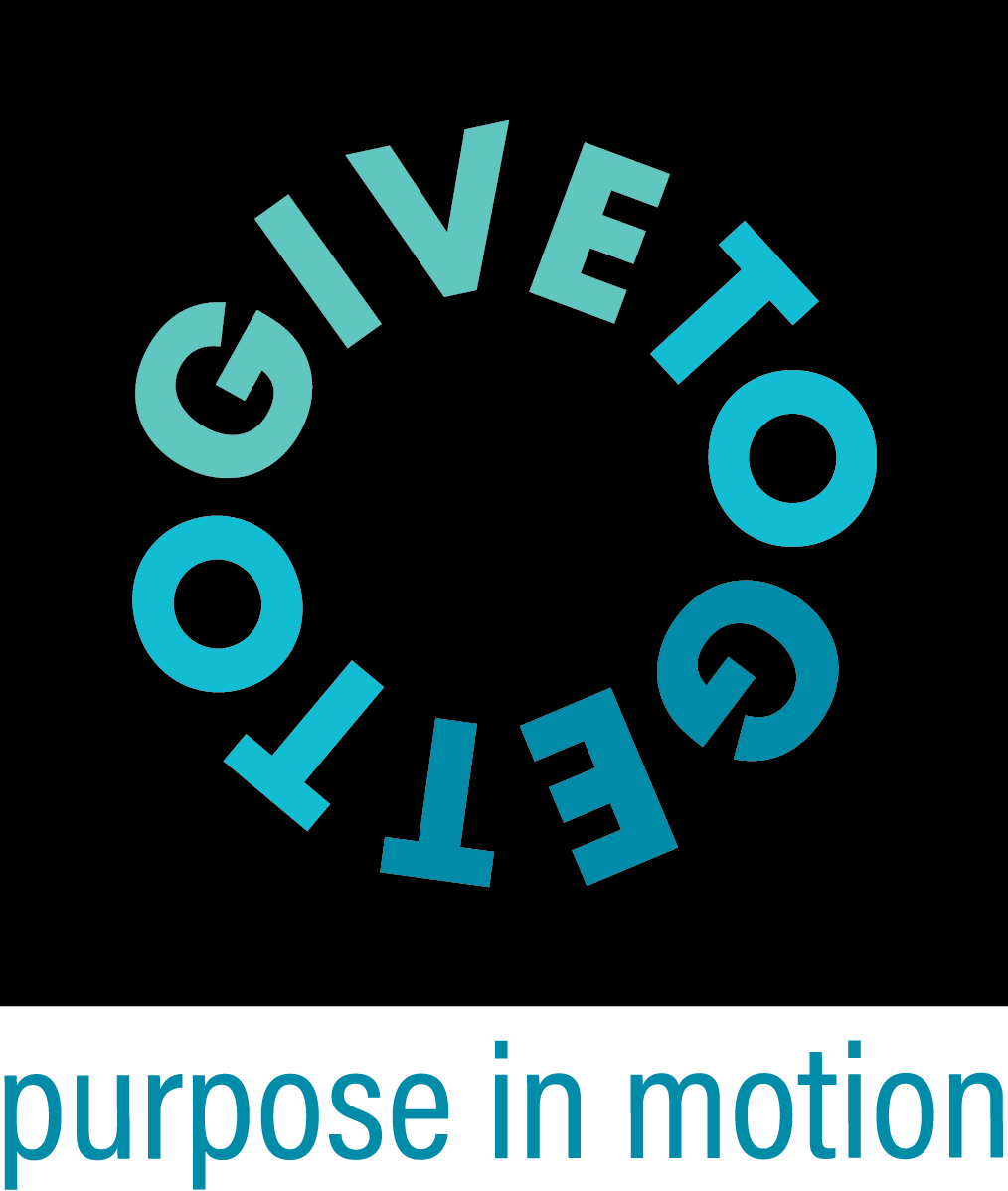Walking the Tightrope: Social Impact Measurement on Business / Part 2 of 4
As we noted in the last post, business needs to walk a tightrope when it comes to investing in social impact. While individuals can give money to charity without anything tangible in return, business budgets need to earn a return for the business, but you can’t say that! The focus needs to be on the good you are doing in the community.
That said, the impact of community investment on business is becoming clearer every day, and one of the most immediate ways it impacts a business is on its people. In looking at our impact triangle, let’s look at the impact on the enterprise.
When we started doing this work, the primary reason companies invested in cause was for the marketing bump. Cause marketing was seen a business-friendly way to support charities. Over the past 25 years, we have seen a change in how people are viewed within organizations. Human Resource Directors have become Chief People Officers, Chief Human Resource Officers, Ministers of Culture, and the like. Employees, an expense line on the income statement, is becoming Human Capital on the balance sheet. You try to minimize the expense of employees, but you try to maximize the value of human capital. Talent wars are real and even continue during this down turn.
When we expanded our work into employee engagement, the goals were clear. Our aim was to make the culture more inclusive, equitable and tangible. Companies started to rethink their holiday galas turning them into opportunities to give back to community. Even corporate giving programs became less about peer pressure and more about engagement and choice.
Typically, measures around a highly engaged workforce include the basics of retention rates and churn of employees. The costs of losing a worker and retraining another can cost a company upwards of 20% of the worker’s salary. Swallowing a 20% bump in salary costs is not easy to hide on a company ledger, plus it doesn't consider productivity losses.
In addition to the opportunity costs of turnover, more and more studies have shown purpose-led businesses have high-commitment workforces and that commitment is a driver of productivity.
London School of Economics Finance Professor Alex Edmans did a study a few years ago looking at 30 years of data from Great Places to Work databases. He concluded that over time, companies from this list consistently outperformed analyst estimates on earnings. These companies that were great places to work seemed to have value that was not calculated by the typical analyst.
In a recent talk given by Harvard Professor Rebecca Henderson to CECP (you should watch the whole thing), she outlines how purpose within the organization leads to shared beliefs, identity, shared values, and authenticity — each of which drives performance. She goes on to lay out research showing purpose that adds to strategic clarity is more valuable than purpose that creates camaraderie among employees. Camaraderie doesn't take away value, but when it helps clarify the strategic direction of the company, it has been shown to drive enterprise value.
While it is always hard to pin down causality in this kind of research, there is more and more smoke to indicate that a flame exists. It is becoming a safer bet.
Further, in the initial phases of the Covid-19 shutdown, many brands were judged by how well they treated their employees. A company’s internal policies and actions were on display and became part of the brand narrative. The definition of a brand is becoming just as much about who you are as it is about what you do.
About five years ago in a meeting at Starbucks, an executive told us that the better they treat their partners (employees at coffee shops), the more people liked the brand. So, by offering free college tuition to partners working full or part time, they ensured that they would have a engaged workforce (which they do). They also indicated that they were a brand that cared about its people. Starbucks understands the secondary effects of purpose.
With all of these internal measures of performance and productivity that can come from a social impact and purpose framework, there is secondary impact on the brand, which we will talk about in our next segment.

